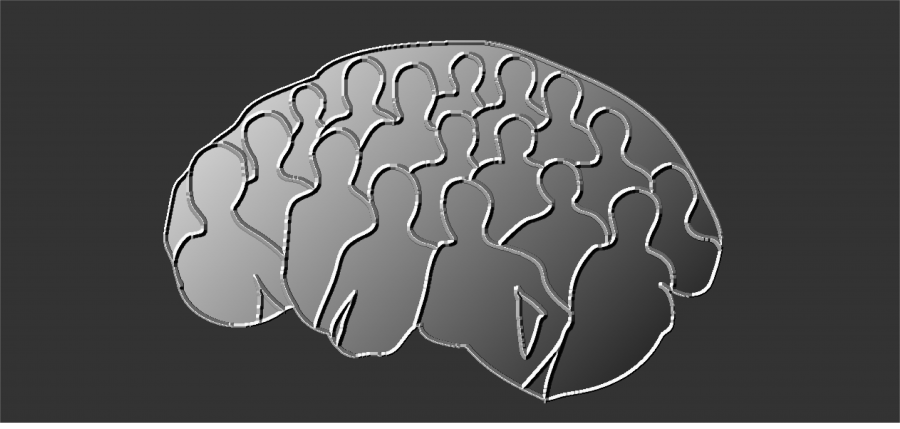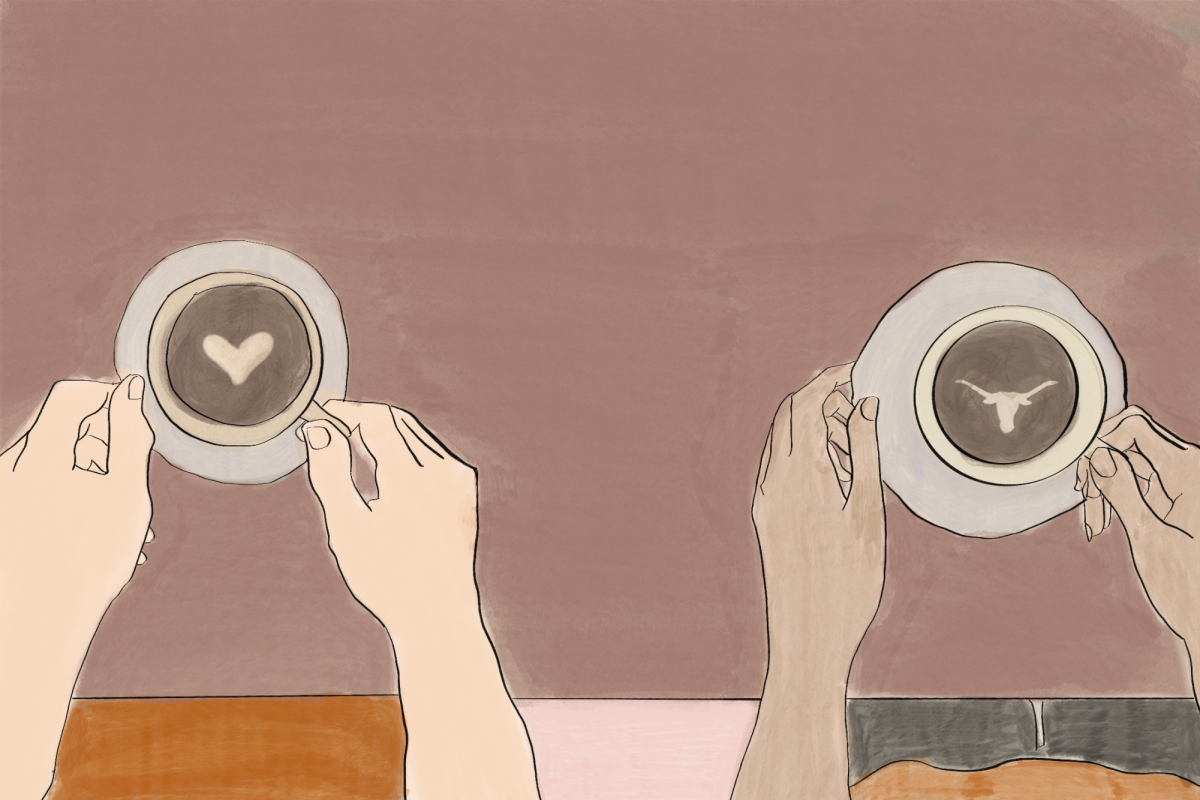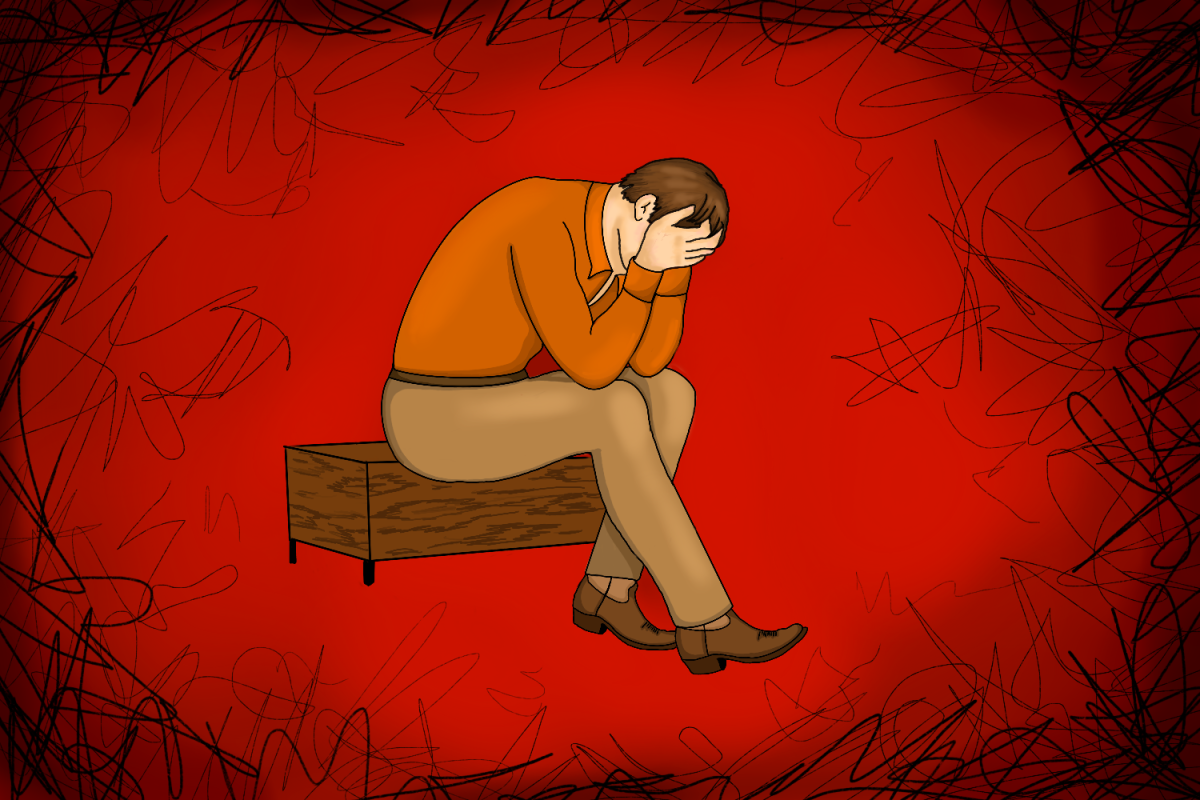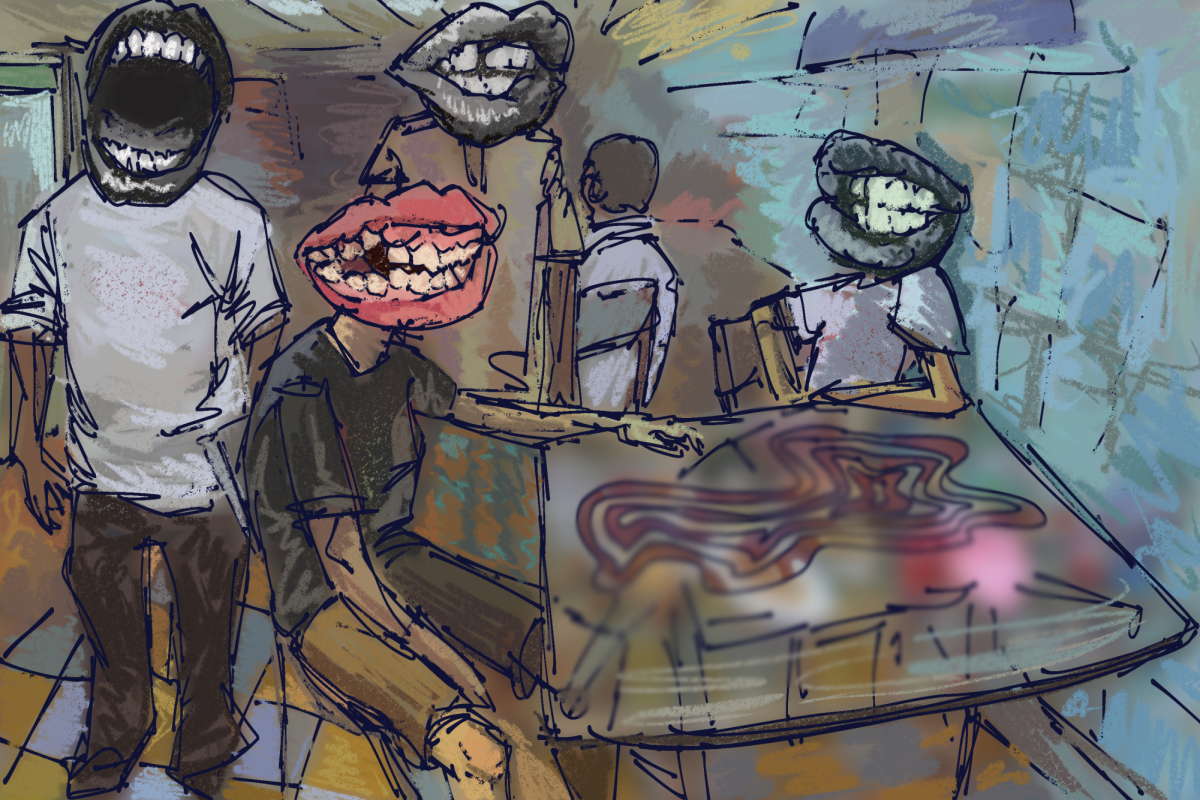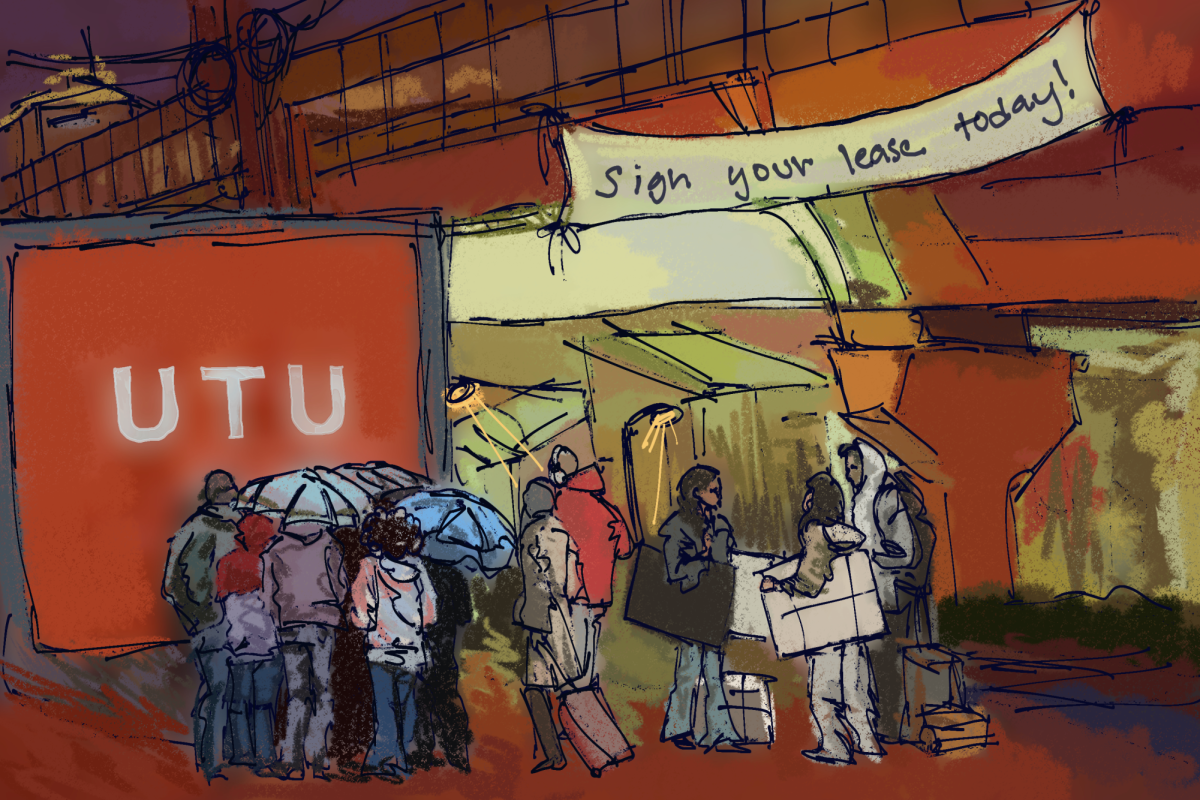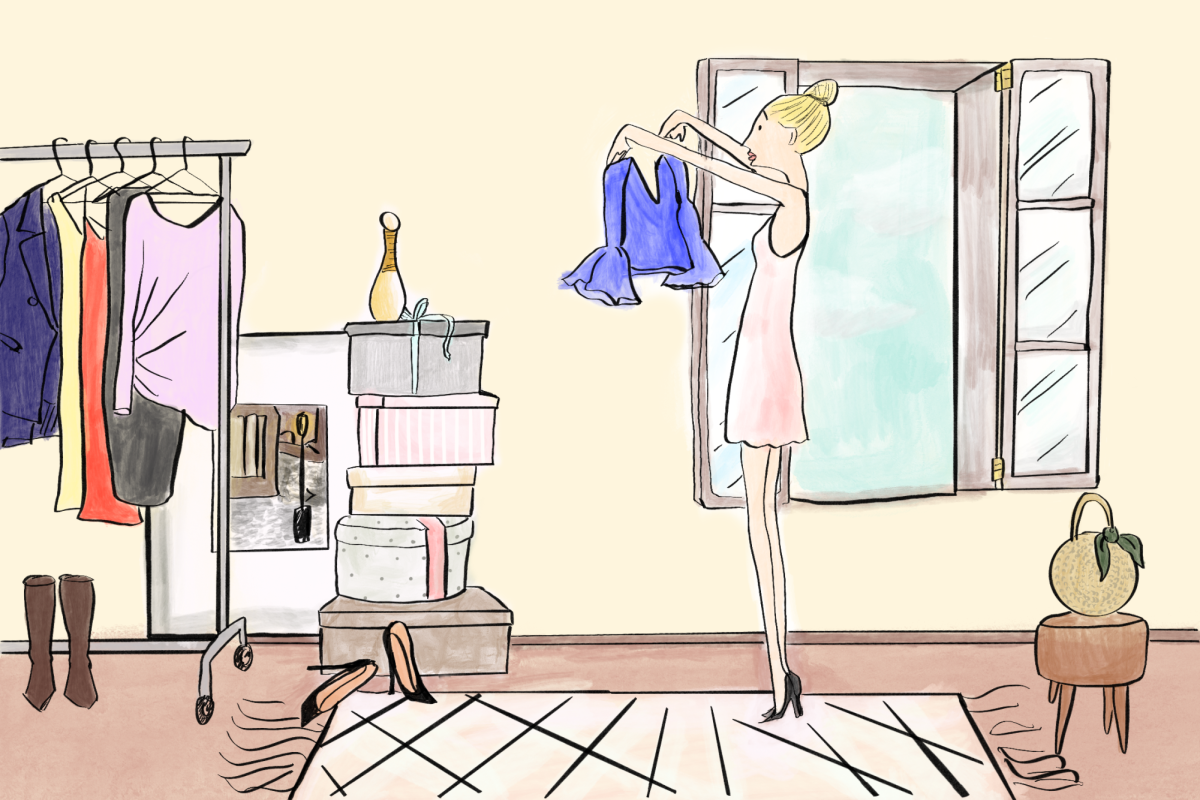In January 2018, UT President Gregory Fenves announced free counseling sessions at the Counseling and Mental Health Center for students. It was a huge win for students. Since then, there has been a 45 percent increase in student attendance, according to Katy Redd, associate director for prevention and outreach at the CMHC. With such a massive influx of students, the University needs to increase funding so the center can hire more staff to match students’ needs.
The CMHC has tried being creative to combat the increase in student demand. “We’re always working with our clinical system to be adaptive,” Redd said. “If we see that there are long wait times, we’ll work with our system to see if there are ways we can provide services in a different way to students.”
When asked about average appointment wait times, Redd said she did not know if the center keeps track of that information. According to Redd, this may be because not all students who seek help end up going to an individual appointment.
Without this data, it’s impossible to tell how long students wait to get an appointment with a counselor. But given that students have to call or show up in person to schedule their first session and the massive increase in students coming to the center, it’s reasonable to assume counselors are not often going to be able to see the students for day-of appointments.
This was the case when Martin Flores, an applied movement sciences sophomore, visited the CMHC a month ago. It was his first time reaching out to a professional, and he waited two weeks to talk to one of their counselors. By the time he got an appointment, he had already worked out a way to solve his issues.
“There was nothing really left for me to get out of the session,” Flores said. “I wasn’t upset about it, but I was thinking a lot can happen in two weeks.”
Sometimes, stress and difficulty in our lives can be solved on its own. In Flores’ case it worked out for the best, but not everyone can work through their mental health issues alone.
The CMHC is doing the best it can to provide resources to students. But the simple fact is there are more students than available resources at this time. The center has added on more counselors at individual colleges to help alleviate some of these issues. An example is the Counselors in Academic Residence, or CARE, program. The idea is if a student chooses to reach out to an adviser or professor and the person believes the student might need mental health advice, they can send the student to the CARE counselor in their college.
“We (advisers) regularly refer students to our CMHC CARE counselor,” Moody adviser Alexia Apollo said in an email. “Aside from individual referrals, we introduce our CARE counselor at new student orientation.”
Having a counselor in your college is a huge benefit, and it seems the CMHC staff is trying to alleviate the increase in students looking to use CMHC counseling. At this point, the CMHC has done what it can to provide alternative resources to those who need more immediate help. In addition to the CARE program, they have a 24/7 emergency hotline and wellness courses to address more common issues. But when students require one-on-one attention or simply feel uncomfortable talking in front of a group, they should be seen sooner rather than two weeks after they report the issue.
The burden to help students isn’t on the CMHC anymore. It’s on the University to improve funding and support students by hiring more counselors for the CMHC.
Newman is a journalism junior from Frisco.

